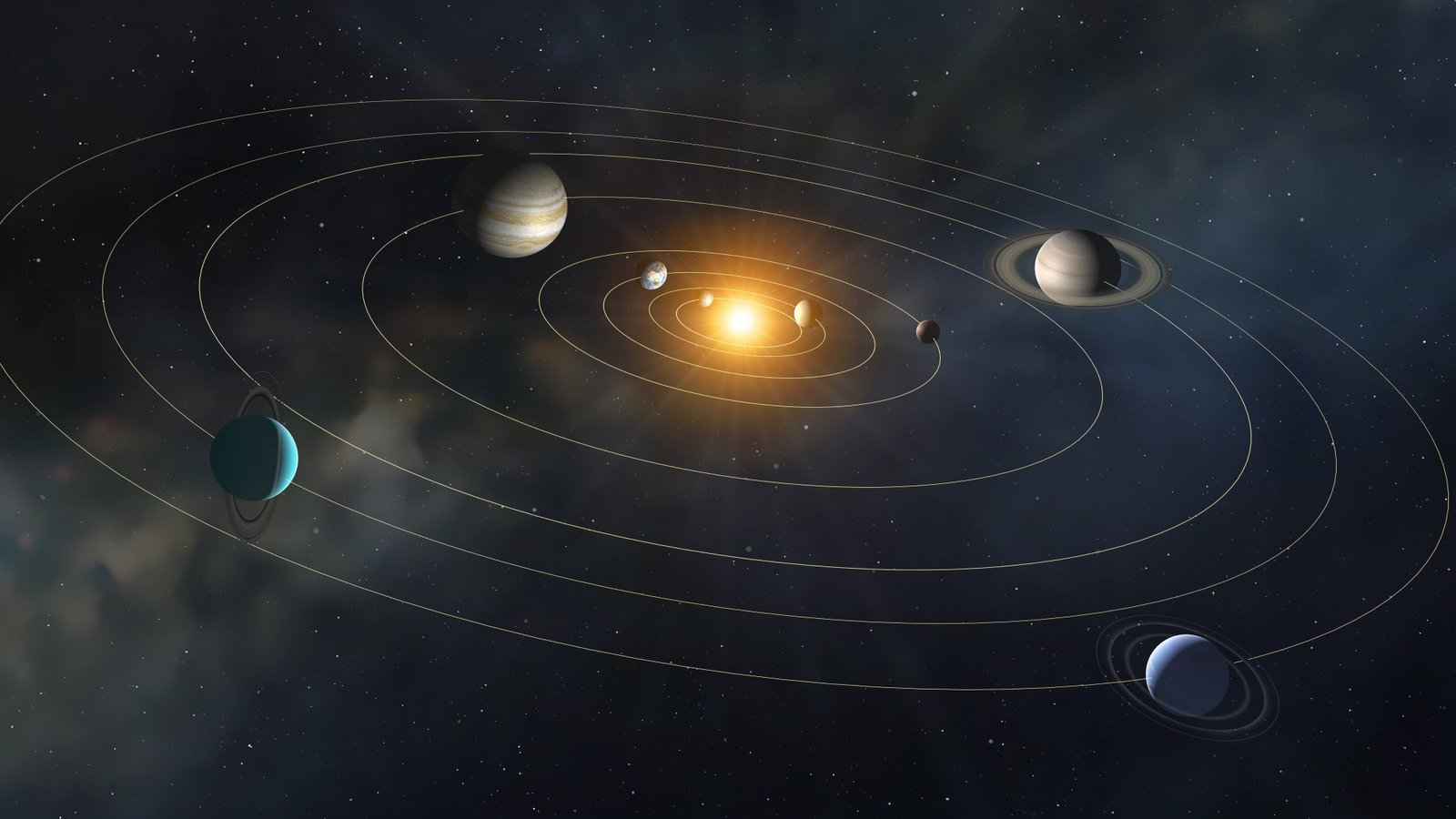The Architecture of a Mechanical Universe: Newton’s Enduring Legacy
Sir Isaac Newton’s Philosophiæ Naturalis Principia Mathematica, published in 1687, represents not merely a collection of laws but the foundational architecture for classical mechanics and a paradigm shift in scientific thought. [1][2] It was a monumental work that unified terrestrial and celestial physics, proposing that the universe operates according to precise, discernible, and mathematical principles. [1][3] This synthesis of experimental induction and mathematical deduction established a new method for scientific inquiry, transforming natural philosophy into modern science. [1][4] Newton’s laws of motion and universal gravitation provided a comprehensive framework that explained phenomena from the fall of an apple to the elliptical orbits of planets, a feat that profoundly shaped the intellectual climate of the Enlightenment and beyond. [2][5] By demonstrating that a single set of laws governed both the heavens and the Earth, Newton dismantled lingering doubts about the heliocentric model and provided a powerful testament to the rational capacity of the human mind to comprehend the cosmos. [2][5]
The First Law: A Revolutionary Redefinition of Motion
Newton’s First Law, the law of inertia, was a radical departure from the Aristotelian physics that had dominated thought for nearly two millennia. [6][7] Aristotle contended that an object’s natural state was rest and that motion required a continuous cause or force. [6][8] This perspective, rooted in everyday observation where friction and air resistance are ubiquitous, suggested that objects inherently “run out” of impetus. [9] Galileo Galilei began to dismantle this view with his experiments on inclined planes, deducing that an object in motion would remain so if friction were absent. [9][10] Newton formalized and generalized this concept, asserting that uniform motion in a straight line is as natural a state as rest. [10][11] This was a profound conceptual leap. It redefined the fundamental problem of mechanics: the question was no longer what keeps a body in motion, but what causes a body to change its motion (to accelerate). [12][13] This principle of inertia established the baseline condition from which the other laws operate, creating the concept of an inertial frame of reference, a non-accelerating viewpoint from which motion can be accurately measured. [11] It is a foundational assumption that underpins all of classical mechanics.
The Second and Third Laws: Quantifying Dynamics and Interactions
Newton’s Second Law provides the quantitative heart of classical mechanics, defining the precise relationship between force, mass, and acceleration. While popularly known as F=ma, Newton originally expressed it as the rate of change of an object’s momentum being proportional to the impressed force. [10][11] The formulation F=ma, later refined by Leonhard Euler, is a special case where mass is constant. [12][14] This law transformed physics into a predictive science. Given the forces acting on an object, its subsequent motion could be calculated with the powerful new tool Newton had co-invented: calculus. [15] The Third Law, stating that for every action there is an equal and opposite reaction, introduced a crucial insight into the nature of forces as interactions between bodies. [11][15] This law is not merely about static balance; it is the bedrock for one of the most fundamental principles in physics: the conservation of momentum. [16][17] For any isolated system (one free from external forces), the total momentum must remain constant because all internal forces occur in equal and opposite pairs, canceling each other out when the system is viewed as a whole. [18][19] This principle is essential for analyzing everything from collisions between particles to the recoil of a firearm. [16][20]
Universal Gravitation: Unifying the Cosmos
Newton’s law of universal gravitation was his crowning achievement, a unifying principle of cosmic scale. [3][21] It proposed that every particle of matter in the universe attracts every other particle with a force proportional to the product of their masses and inversely proportional to the square of the distance between them. [5][21] This was a revolutionary idea. It synthesized the empirical laws of planetary motion described by Johannes Kepler with the mechanics of falling objects on Earth. [22][23] Newton demonstrated that the same force pulling an apple to the ground was responsible for keeping the Moon in its orbit around the Earth, providing a single, elegant explanation for both terrestrial and celestial dynamics. [24][25] The law’s validity was not fully confirmed on a laboratory scale until the Cavendish experiment in 1798. [26][27] Using a highly sensitive torsion balance, Henry Cavendish measured the minuscule gravitational force between lead spheres, which allowed for the first accurate calculation of the gravitational constant (G) and, consequently, the mass of the Earth. [26][28] This experiment provided powerful evidence that gravity was indeed a universal and quantifiable force. [26][27]
Enduring Power and Necessary Evolution
For over two centuries, Newtonian mechanics reigned as the definitive description of the physical universe. [3][15] Its principles form the bedrock of engineering and technology, successfully guiding everything from building bridges to celestial navigation. However, the dawn of the 20th century revealed its limitations. Newtonian physics breaks down under extreme conditions. [11][29] At velocities approaching the speed of light, Albert Einstein’s theory of special relativity is required. [29] In the presence of immense gravitational fields, such as those around stars and black holes, Einstein’s general relativity provides a more accurate description of gravity as the curvature of spacetime, explaining phenomena like the precession of Mercury’s orbit that Newtonian mechanics could not. [30][31] Furthermore, at the subatomic scale, the bizarre and probabilistic world of quantum mechanics governs behavior in ways that are fundamentally non-Newtonian. [31][32] Despite being superseded as a fundamental theory, Newtonian physics remains an incredibly accurate and indispensable approximation for the vast majority of phenomena in our everyday world, a testament to its profound intellectual power. [29][31]



